Hankangouk (한강옥)
8.6Km 2021-03-18
21, Eulji-ro 3-gil, Jung-gu, Seoul
+82-2-777-6678
This Korean cuisine is located near Euljiro 1(il)ga Station, Seoul. A store that sells only the highest-quality Korean beef. The representative menu is grilled Korean beef sirloin.
Jinsadaek (진사댁)
8.6Km 2021-03-19
30-1, Myeongdong-gil, Jung-gu, Seoul
+82-2-774-9605
As a traditional Korean dish restaurant set up in a remodeled 50-year-old Korean traditional house, it is a store where you can taste Hanjeongsik (Korean table d'Hote). This restaurant's signature menu is Korean table d'hote. This Korean dishes restaurant is located in Jung-gu, Seoul.
Janganmun (장안문)
8.7Km 2021-03-19
29, Eulji-ro 3-gil, Jung-gu, Seoul
+82-2-755-0673
A barbecue specialty restaurant located near Euljiro 1(il)ga Station in Seoul. The most famous menu is grilled beef brisket. A Korean BBQ restaurant.
Plaza Gwanghwamun (광화문광장)
8.7Km 2022-07-25
Sejong-daero 172, Jongno-gu, Seúl.
+82-2-120
Inaugurada el 1º de agosto del 2009, la plaza ha sido remodelada como un espacio turístico y recreativo en los alrededores de la Sejong-daero, que se sitúa en el centro de Seúl. El área tiene una historia que data de 600 años.
Durante un largo tiempo, esta calle fue exclusiva para los vehículos, pero con esta última remodelación, ofrece un ambiente especial para las personas. Desde esta plaza se podrá observar el magnífico paisaje del palacio Gyeongbokgung, el monte Bukhansan, etc., y también se ha restaurado la antigua calle Yukjo, para transmitir un ambiente histórico y cultural a los ciudadanos y turistas que la visitan.
La plaza tiene una longitud de 550 m y una anchura de 34 m, se encuentra localizada en el corazón de Seúl. Está clasificada en varios rubros históricos y culturales para el entretenimiento de los visitantes: está el sector de restauración del paisaje de la calle Yukjo, el sector que representa la historia del antiguo Gwanghwamun, el sector cultural para la participación de los ciudadanos, el sector que conecta con el arroyo Cheonggyecheon, etc. Entre las esculturas y establecimientos artísticos famosos están: la estatua del Haetae (criatura mítica coreana), representación del paisaje histórico de la calle Yukjo, la estatua del Gran Rey Sejong, pantallas acuáticas que reflejan los imágenes de la escritura coreana “Hangeul”, etc., entre otras instalaciones tecnológicas y culturales.
Las dos estatuas de grandes dimensiones que representan esta plaza son la del almirante Yi Sun-sin y el Gran Rey Sejong. En los alrededores también se han instalado un estanque y una fuente de agua. La zona que conecta con el arroyo Cheonggyecheon permite el acceso cómodo al palacio Gyeongbokgung y al arroyo. Las aguas subterráneas que brotan de las estaciones de metro de Gyeongbokgung y Gwanghwamun son emitidas hacia el arroyo Cheonggyecheon por medio de un acueducto, y, como la estación de metro está conectada con la parte posterior de la estatua del almirante Yi Sun-sin, los visitantes pueden llegar a la plaza con facilidad. Normalmente, las calles de la plaza son utilizadas para la circulación de los vehículos, pero en caso de festivos nacionales, se restringe el tráfico para disponerlo como área de festivales.
Myeongdong Seoseo Galbi (명동서서갈비)
8.7Km 2023-11-10
Myeong-dong 7-gagil 20-8, Jung-gu, Seúl
This is a Korean cuisine located in Myeongdong Cathedral, Seoul. The best menu at this restaurant is grilled beef ribs. A restaurant where you can eat grilled meat while standing.
Geumgang Seokkeo Jjigae (금강섞어찌개)
8.7Km 2021-03-18
20-8, Myeongdong, 7ga-gil, Jung-gu, Seoul
+82-2-779-3610
This is a Korean cuisine located in Myeong-dong, Seoul. The representative menu is meat stew with various vegetables. A third-generation family restaurant.
Fuente Arco Iris del Puente Banpodaegyo (반포대교 달빛무지개분수)
8.7Km 2024-06-21
Sinbanpo-ro 11-gil 40, Seocho-gu, Seúl.
La Fuente Arco Iris del Puente Banpodaegyo es la fuente de agua más grande del mundo ubicada en un puente. La fuente tiene programados distintos espectáculos de colores durante el día y la noche. Durante el día, la fuente da muestra de un centenar de diferentes configuraciones representando las ramas y hojas del sauce. Cuando el sol se pone, 200 luces iluminan la fuente que parece hacer un baile al ritmo de la música, con el agua de colores del arco iris. El parque también cuenta con un escenario al aire libre, un eco-observatorio y una zona de pícnic.
Parque Banpo del Río Hangang (반포한강공원)
8.7Km 2022-12-16
Sinbanpo-ro 11-gil 40, Seocho-gu, Seúl
El Parque Banpo del Río Hangang está situado en el lado sur del río que pasa por el puente Banpo (o Jamsu), entre los puentes Hamnam y Dongjak. La fuente Rainbow (Arco iris), construida a los dos lados del puente Banpo, fue registrada en 2008 en el Libro Guinness de los récords como la fuente de un puente más larga del mundo, con un total de 1.140 metros de longitud. El puente empieza en el parque Banpo, creado con el Proyecto de Renacimiento de Hangang. Por la noche, más de 200 luces crean unas fantásticas vistas que simulan a un hermoso arco iris.
Además, hay muchas instalaciones deportivas como el parque Bubble, la pista de patinaje, el campo de fútbol y la cancha de baloncesto. Se puede también disfrutar de las impresionantes vistas del río Hangang y de los rascacielos cercanos a la orilla del río desde las cafeterías Gureum y Noeul, situados en la parte sur del puente Dongjak.
Seoraeseom conecta el parque Banpo del río Hangang y es una isla creada artificialmente para ofrecer un lugar a los habitantes de Seúl en el que poder disfrutar y relajarse. Cada primavera, el lugar se llena de flores y de gente que quiere disfrutar de un picnic allí, o de los eventos primaverales como el Festival de las Mariposas de Seoraeseom.
Isla Seoraeseom de Banpo (반포 서래섬)
8.7Km 2021-03-05
Sinbanpo-ro 11-gil 40, Seocho-gu, Seúl.
La isla Seoraeseom de Banpo es una isla artificial creada a mediados de la década de 1980. Se localiza en el área de Banpo, aledaña al río Hangang. Se conecta con el Parque Banpo del Río Hangang mediante 3 puentes. Es un hábitat de aves migratorias y posee campos de flores, sitios de esquí acuático y otras instalaciones recreativas.
Seochon Guest House [Korea Quality] / 서촌 게스트하우스 [한국관광 품질인증]
8.7Km 2023-04-07
28-3, Jahamun-ro 7-gil, Jongno-gu, Seoul
+82-010-3345-9680
Seochon Guest House is located in Seochon, which is becoming a hot place for tourists in Seoul, and precisely on the road to Suseong Valley, whichis filled with interesting stores and is also well-known for Park Nosoo Art Gallery and the House of Yun Dong-ju (poet). Seochon Guest House is nicknamed ‘Jaeminangol (interesting village)’ after Baekseok’s poem ‘Yeowunangol’, with the aim of providing a visit full of interesting experiences. Passing through a garden and entering the main building, the unique charm of this hanok building, the staircase to get to the first floor from daecheong (main floored room), catches the eye of the visitors. In addition, the building is decorated with various stylish objects including paintings and Korean musical instruments. The terrace situated on the first floor offers an open view of the surrounding area including roof tiles of hanok structures and alleyways in Seochon. It is said that Korean novelist Yoon Hu-myeong also appreciated the structure of the guesthouse, saying, “It is an interesting place.” Built in the 1930s, the house, which has many storage places, was taken by the owner couple in spring 2014 as they were attracted by the house during their trip to Seochon. After the repair work, the ground floor of the house was opened for guests from January 2016, hoping that guests could share their daily experiences and stories with each other. The guestrooms and the main floored room on the ground floor are open to guests, with the exception of the first floor, which is used by the owner couple. The living room is equipped with books, a curved TV, and a table. The tasty meal, which is served in the kitchen, consists of rice and soup with six side dishes and is much loved by guests. The guesthouse offers a total of four rooms – Jae Room, which is the most Korean-style room; Mi Room, which has a combined style of a Korean-style room and Western-style room; Nan Room, which is an ideal room for meditation with a beautiful paper window; and Ahn Room, which is equipped with a veranda and a pretty flowerbed. Every room has its separate charm with various comfortable bedding to provide a quiet and cozy bedroom for guests in the middle of the city. Furthermore, the guesthouse holds a pansori (epic chant) performance twice a year. The owner started learning how to sing pansori to promote the Korean culture and tradition to foreigners. When a pansori performance is held, the owner offers traditional Korean snacks and drinks including sikhye (sweet rice punch), sujeonggwa (cinnamon punch), traditional sweets and cookies, and tteok (rice cakes) to visitors, tourists, and performers. Moreover, it provides cultural programs such as a Gukak (Korean classical music) experience, Korean traditional clothes experience, and making Korean food experience, as well as other activities with guests, such as trip to the city wall between Inwangsan Mountain and Bugaksan Mountain, and the Royal Palace Tour to Gyeongbokgung Palace, etc., as well as a trip to a traditional market.
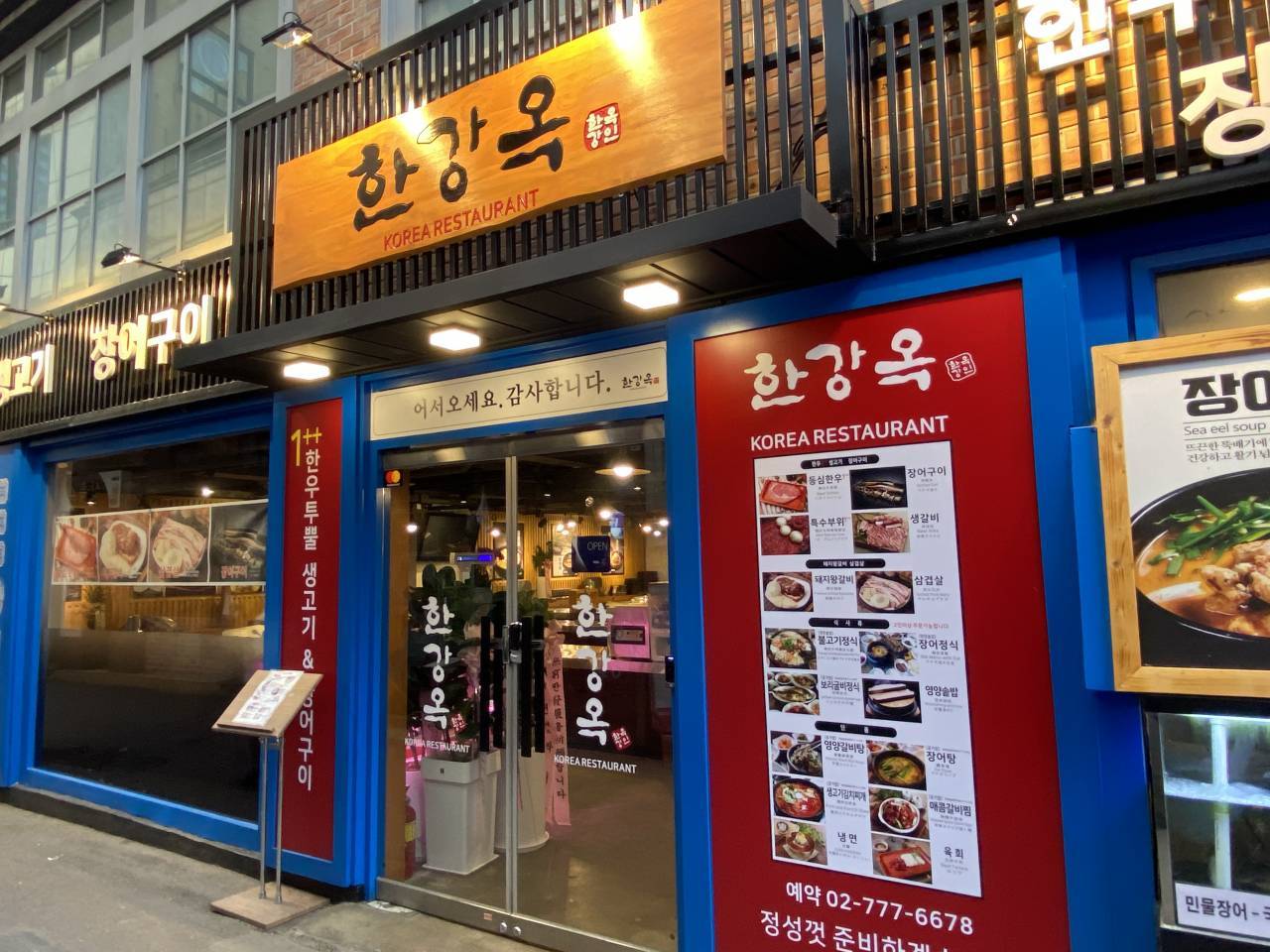
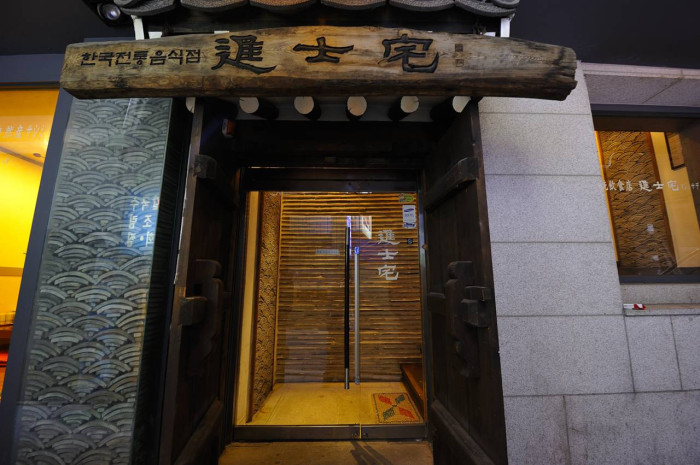
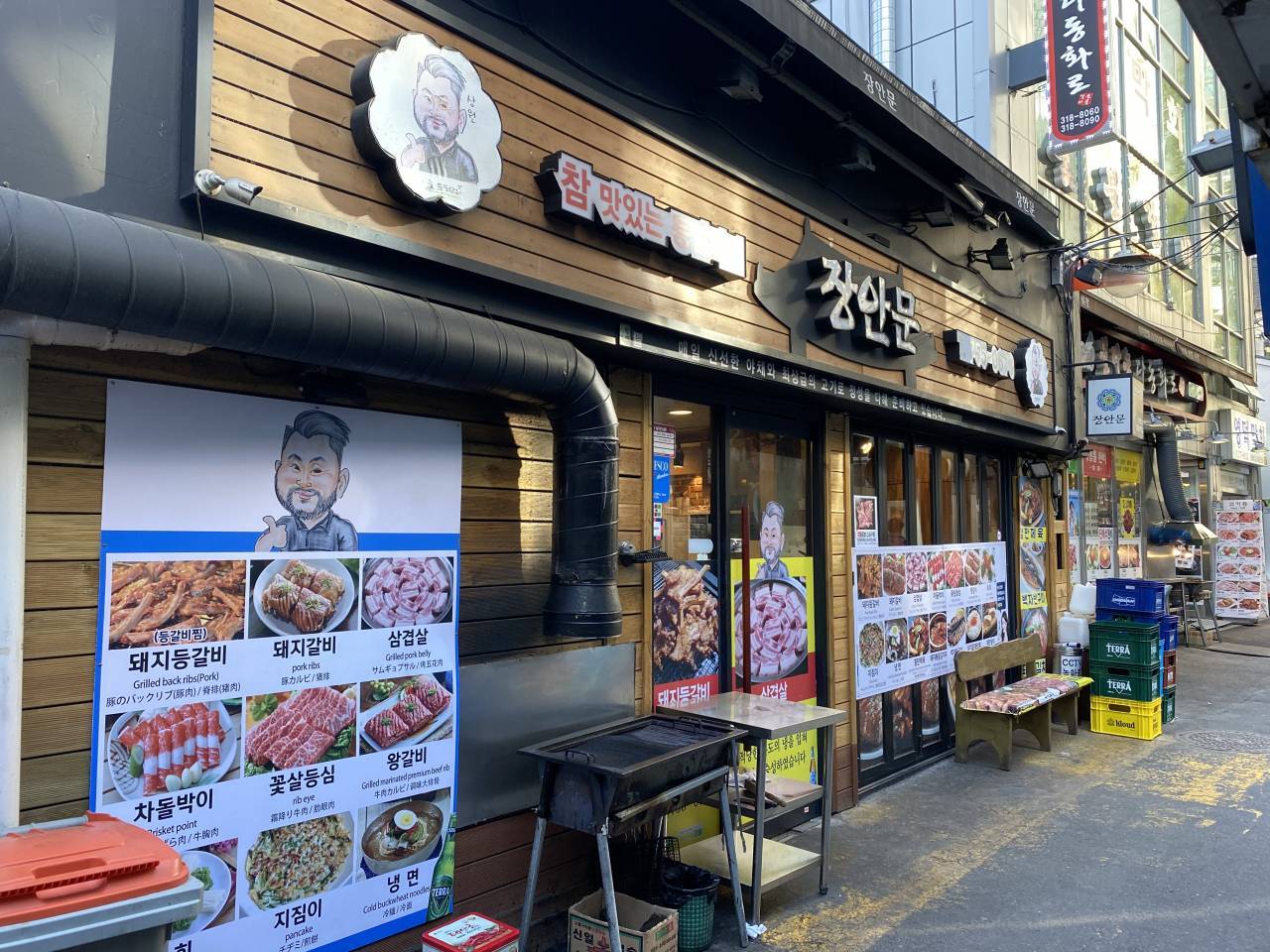

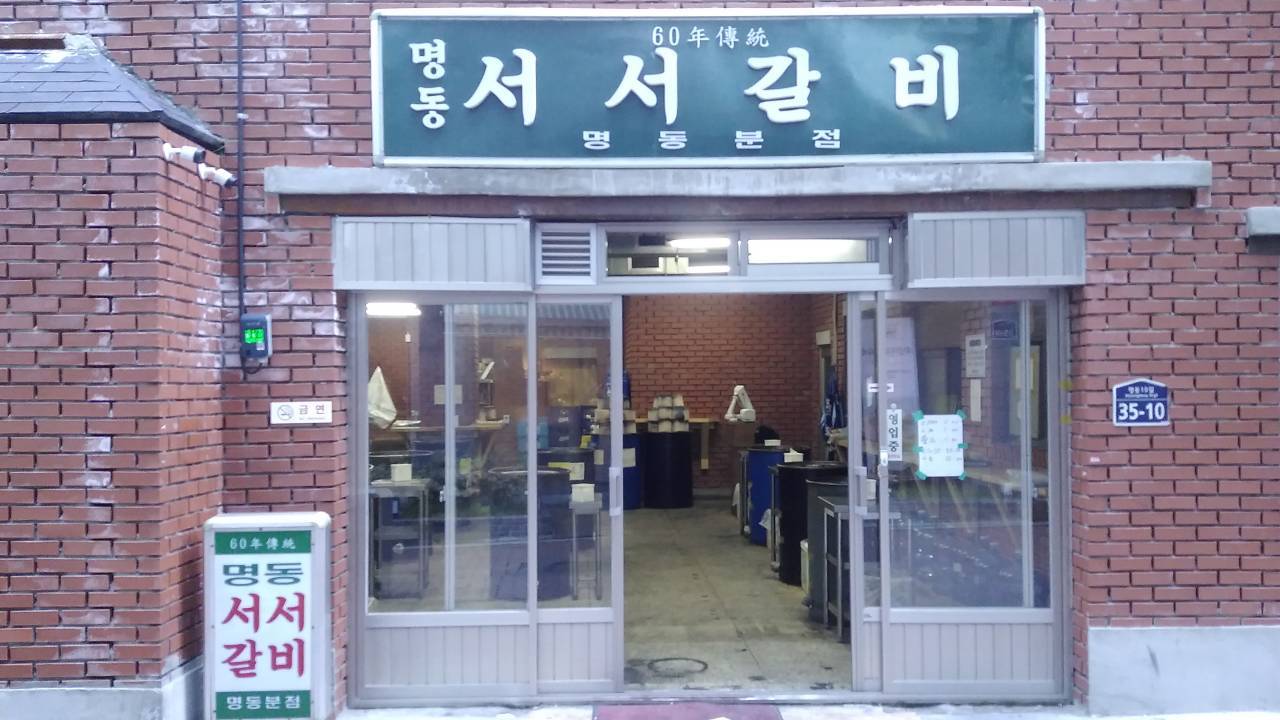
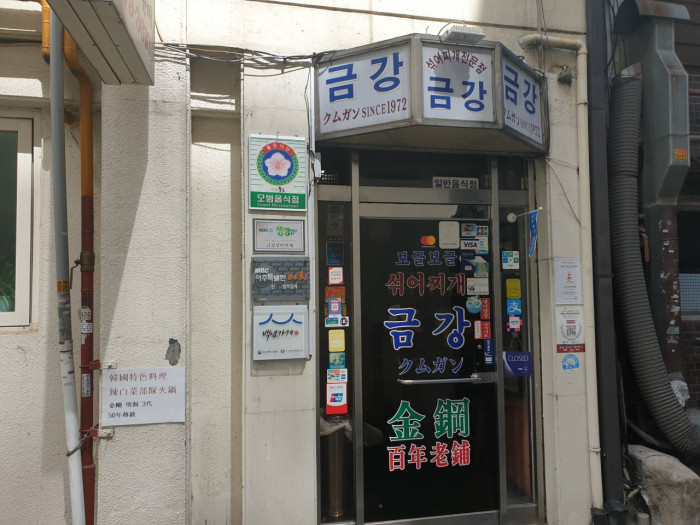
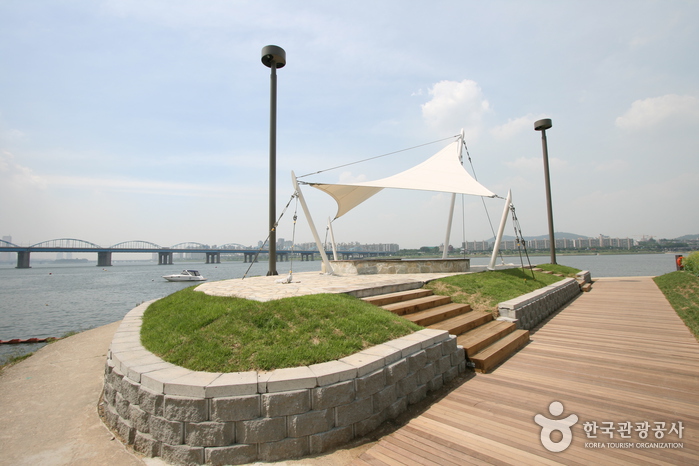
![Seochon Guest House [Korea Quality] / 서촌 게스트하우스 [한국관광 품질인증]](http://tong.visitkorea.or.kr/cms/resource/41/2447241_image2_1.jpg)
 Español
Español
 한국어
한국어 English
English 日本語
日本語 中文(简体)
中文(简体) Deutsch
Deutsch Français
Français Русский
Русский